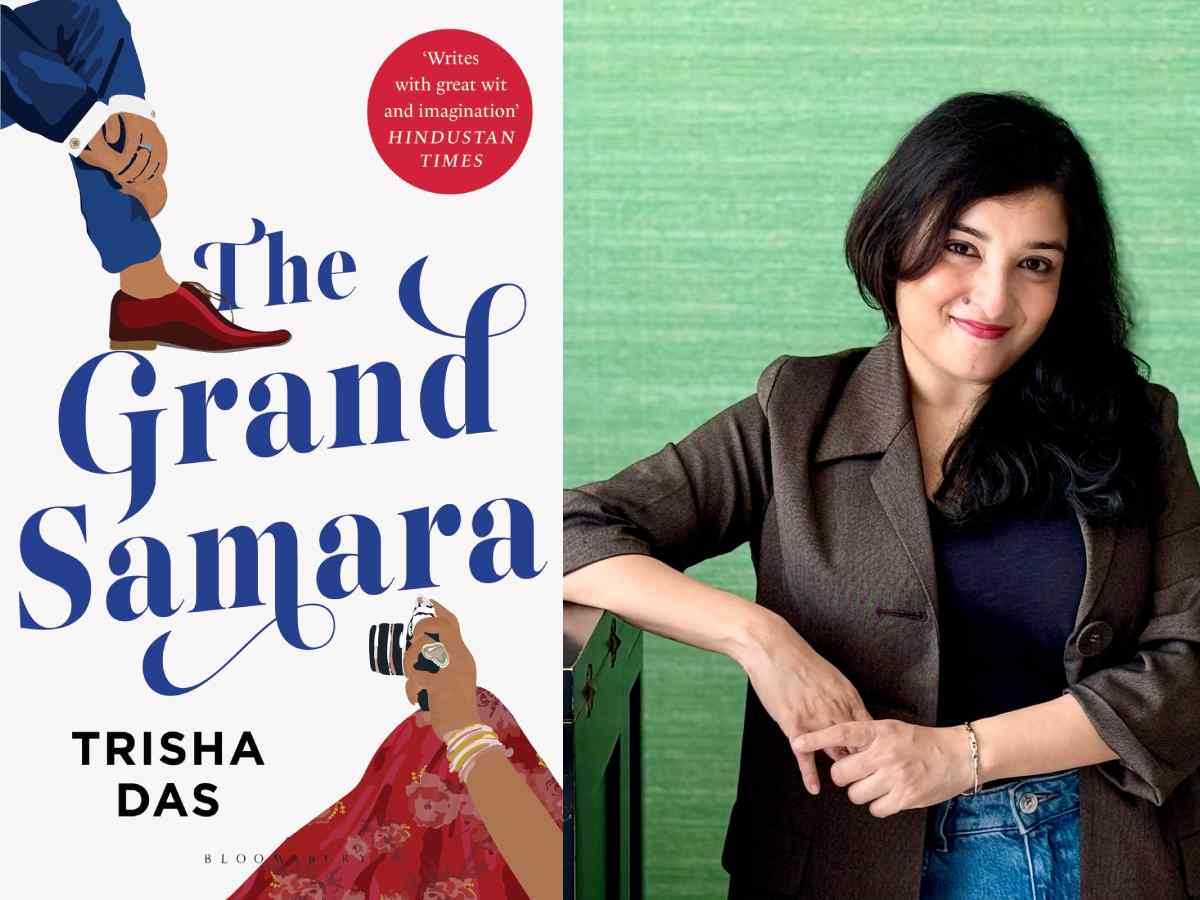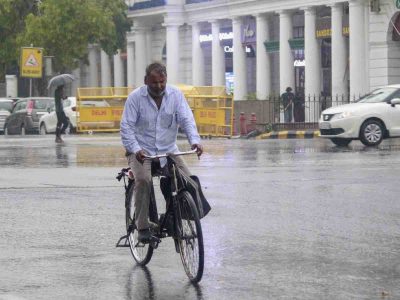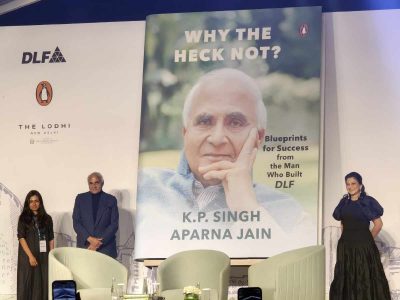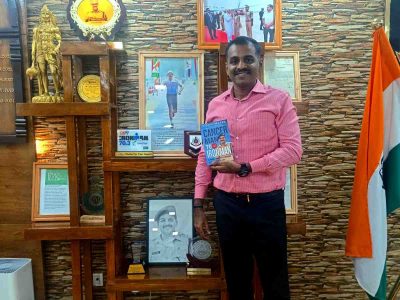Author Trisha Das’ latest novel, The Grand Samara published by Bloomsbury, is a charming retelling of Georgette Heyer’s hugely popular romance, The Grand Sophy, now set in posh Panchsheel Park in New Delhi.
Needless to say, books by the late author have left an indelible mark on Das’ writing. “I grew up reading Heyer’s romances, and this novel is a humble homage to her unforgettable characters and flawless comedic timing,” she writes in the book’s Acknowledgements.
The book’s protagonist is the enthusiastic Samara Mansingh, a wayfaring wedding photographer and the daughter of a diplomat. The story starts with a grand poolside pre-wedding function on the rooftop of a high-end, five-star hotel in South Delhi, where Samara has been assigned to do a photo shoot. When her father is once again relocated by the Indian Foreign Service, Samara needs a place to stay in Delhi. That’s when she moves in with the Khannas, old friends of her family.
What greets her is a long-standing, multigenerational house in Panchsheel Park, a sophisticated gated community in Delhi — a massive, two-storey residence with a generous veranda, a four-car driveway to the side, and outdoor lawn seating.
When she begins living with the Khannas, by default, Samara becomes privy to all their private conversations, secrets, and problems — and becomes witness to a lot of drama.
All of a sudden, she finds that she has landed in a minefield full of “furtive calls, surly cooks, unpopular fiancés, men of mystery, and one lonely widow.” It seems that her entry into the household is god sent, as all the family members have some issue or another that needs her help and intervention.
Mrs Jyoti Khanna, a widow who loves gardening, puts up a brave front for her family but needs cheering up herself. Her good-looking and athletic son, Sharav, the de facto head of the family after his father’s death, is burdened with responsibilities, besides being engaged to the flashy Nonita, with whom he has nothing in common.
Sharav’s sister, Diya, also finds herself trapped in an arranged match with Yash, even though she has a boyfriend who is not willing to commit. And Sharav’s younger brother, Dhruv, is a budding musician who struggles with performing in front of a crowd.
Home has always been a transitory arrangement for Samara, who had lived on five continents by the time she was eighteen. At the Khannas’ home, however, she feels happy to belong, even if temporarily. Much like the plot of a predictable Bollywood film, Samara and Sharav find themselves attracted to each other. Further, since helping people had always been Samara’s personal defence against feeling lonely, she ends up resolving many of the dilemmas that the family members face, both individually as well as with one another.
Not only does she manage to make Diya fall in love with Yash, but she also gets Dhruv to overcome his fear of singing on stage and signs up Jyoti for the Delhi Flower Show. In a sense, Samara storms into their lives like a tornado, positively transforming it forever. Moreover, living with the Khannas enables her own lonely void to finally disappear.
While recounting the story, the author makes many interesting observations about Delhi, where “absolutely nothing started on time” and “money spoke louder than words.”
There are mentions of the city’s smoggy night sky, picnics at Lodi Gardens, and a loud party in full swing in the wee hours of the morning at the swanky locality of Vasant Vihar. Das also depicts the celebration of Lohri in Delhi’s frosty January winter, complete with bonfires, songs, traditional snacks, and sweets.
At one point, the characters also visit a hole-in-the-wall restaurant in Old Delhi that only serves paranthas stuffed with various fillings.
Also Read: Delhi’s Travancore House to stage landmark celebration of abstractionist Bimal Das Gupta
Later, Samara and Nonita also go shopping at Dilli Haat. “Dilli Haat was a collection of temporary handicrafts stalls that changed every few weeks, but the food section was permanent, and its kiosks featured regional cuisine from a wide selection of Indian states,” Das points out.
Samara also goes to Dhruv’s gig at Hauz Khas, which Das describes as “a Delhi destination filled with upmarket designer boutiques, overpriced antique shops, trendy cafes, and pubs and bars in old, dilapidated buildings that were supposedly unchanged to retain the ‘village charm’ of the neighbourhood.”
Some of Das’ previous books have also found a setting in Delhi, such as Never Meant to Stay and The Misters Kuru: A Return to Mahabharata. It goes without saying that the book is also about big, fat weddings in Delhi, the season for which begins in October and continues until about March.
Much of the book is also dedicated to the national preoccupation with arranged matchmaking between prospective couples and advising single women on marriage.
Filled with moments of joy, healing, introspection, and coming together as a family, the book is ultimately a light and fun rom-com.





